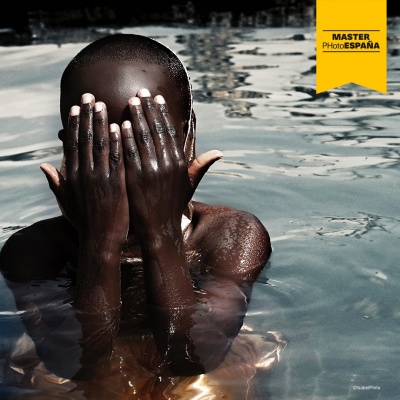Descripción de la Exposición
Ana Amorim (1956, São Paulo, SP) opens her solo show at Millan on Saturday, August 26, and is curated by Jacopo Crivelli Visconti. Entitled 26082023/23092023 —referring to the first and final day of the exhibition— it features a set of works and documents created over the past 30 years which have never been shown before.
Due to the artist's conceptual decisions, her work has existed purely outside the traditional contemporary art spaces up until recently, raising new readings on conceptual art and the gender implications of the movement's history.
Held at Millan, 26082023/23092023 occupies the two exhibition rooms of the gallery space at Fradique Coutinho 1,430, in São Paulo. The works showcase Amorim's methodical and diligent practice, with pieces such as 365 Hours, which is the result of daily Counting Seconds performance and Mental Map registering throughout 2019. The work completely occupies the wall of the first exhibition space of the gallery, providing insights on the passage of time, the number of days lived by the artist and creating a sort of calendar with drawings of mental maps of her daily routes, as well as entries of counting seconds for an hour every day of that year.
Facing the installation, on the opposite wall, is her book with maps from 2019. Both artist and curator consider the production of annual books with daily registers as the core practice which summarizes her body of work —all of Amorim's works derive from the registers made in them, to the extent that the book shown at Millan is part of a set of almost 70, produced since 1988.
The artist’s work can also be seen in supports such as drawings, embroideries, collages, writings, and the gathering of objects and news and therefore intertwines the personal and the political, beyond the concept of institutional critique.
Visconti writes in his curatorial essay that "the works exhibited here are the side of her production in which Ana Amorim demonstrates total awareness of the urgent need for this debate. Works that stress the paradox of having to produce for a market in which she does not recognise herself, since she knows that it is this same market which objectively generates and nourishes the production, debate, circulation and visibility of works and ideas. Even those ideas which, in the long term, have the potential to change the system."
Documents, as well as works from different periods on various supports, are shown in the second exhibition room. They are displayed on a grid drawn directly on the wall, and the empty spaces in-between works will be filled with daily mental maps drawn by the artist over the course of the installation period until the last day of the exhibition.
With a practice deeply engaged with movements such as conceptual art, Situationism, and Fluxus, Ana Amorim's practice stresses the threshold between art and life itself, as well as the difficulties in the political and institutional relations of contemporary art.
In 1988, she decided that her life was art. Stating: "I understood art as a sequence of meaningful mental and emotional experiences deeply rooted in my surroundings and in the significant relations I established in my everyday life. That same year, I started the 10-Year Performance Project (1988-1997). This project consisted in me registering daily mental maps in books, at the end of each day, for a period of 10 years. These maps would later be transferred to different supports called Large Canvases, consisting of large calendar year series of works (January 1st to December 31st). During the process, I realized that the element of 'routine' had become central to my project.”

Premio. 13 mar de 2025 - 27 abr de 2025 / Madrid, España
Componer Saberes para imaginar y construir futuros sostenibles

Exposición. 03 abr de 2025 - 07 sep de 2025 / Museo Guggenheim Bilbao / Bilbao, Vizcaya, España

Formación. 28 abr de 2025 - 18 jul de 2025 / Spaces - Las Cortes / Madrid, España